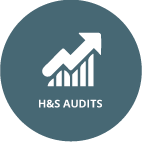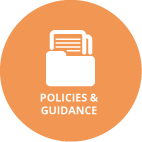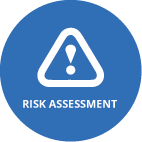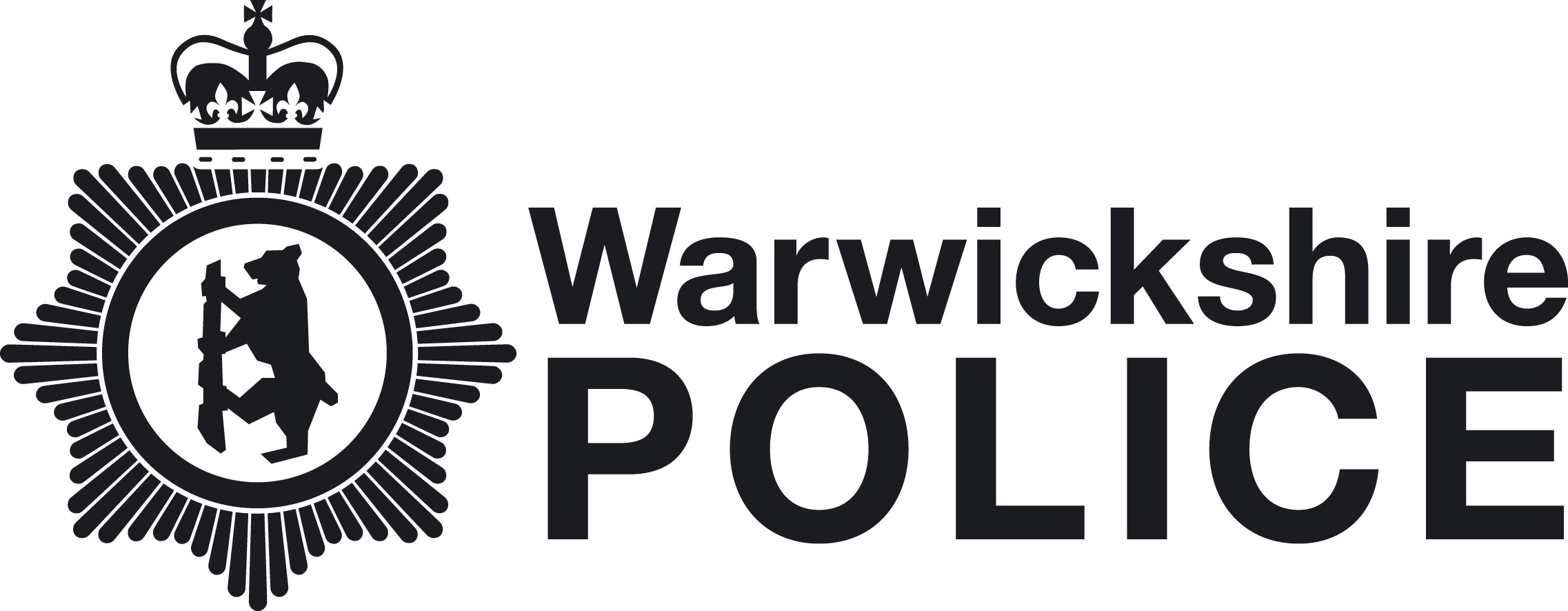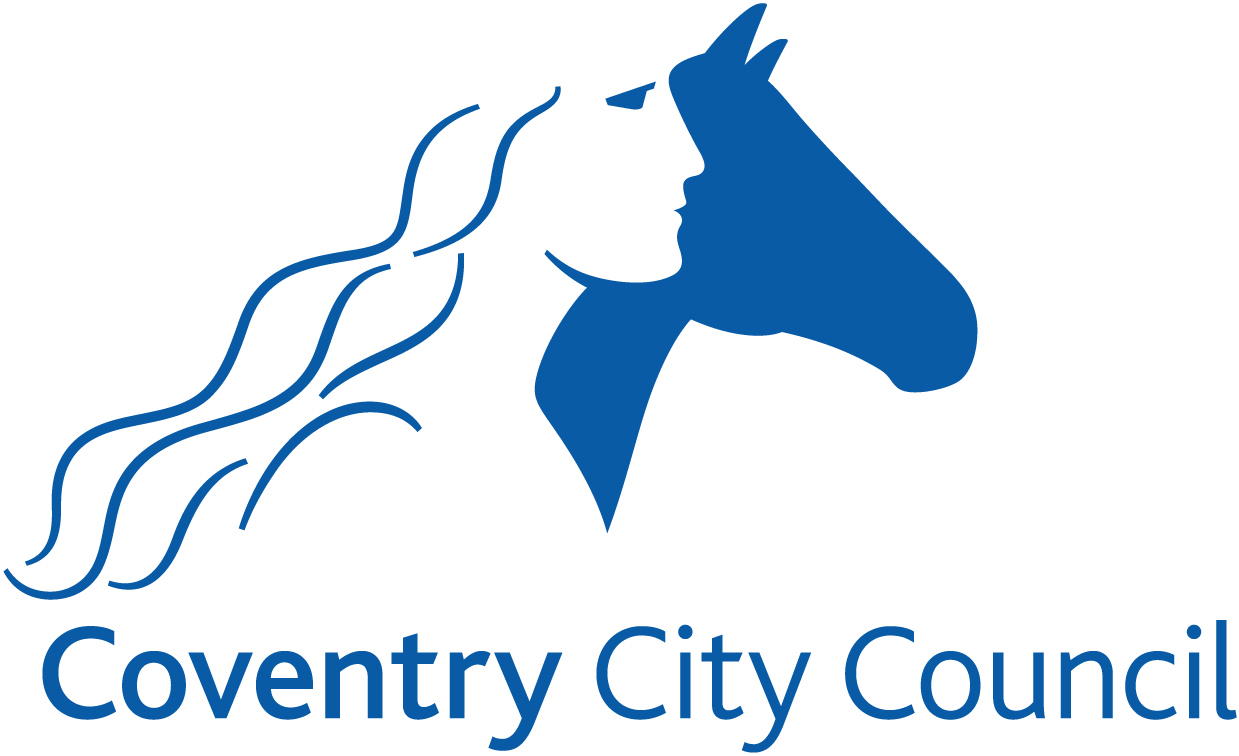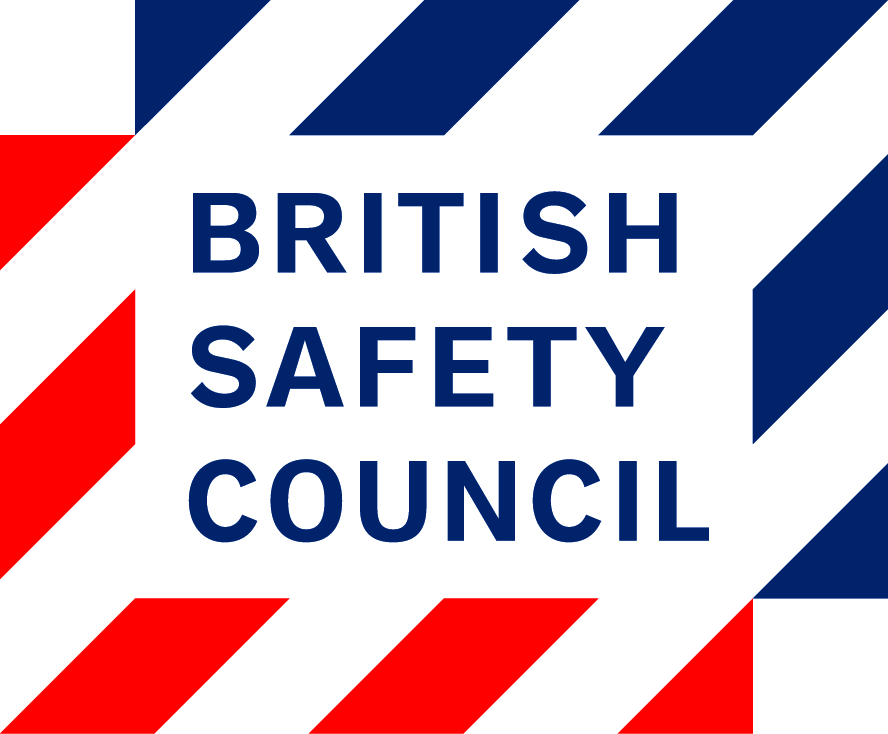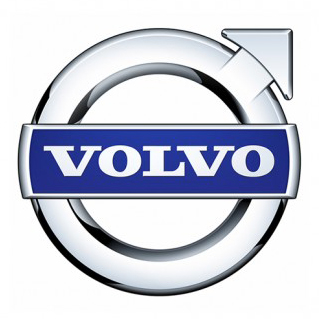Who are Foresight?
Wisdom is easily acquired with the benefit of hindsight, unfortunately hindsight is sometimes a luxury we can't afford. Foresight is the wise choice.
With more than 20 years experience, Foresight Health and Safety Consultants have gained extensive knowledge and experience in both public and private sector organisations, focusing primarily on:
Education
Social Care
Beauty and hairdressing
Construction
The management of asbestos
Event management
Resilience and emergency planning
Water hygiene (the control of legionella)
Fixed outdoor play equipment
Infection control
Facilities management
The prevention of workplace violence and aggression
Project management
Fire safety
Based in Leamington Spa, Warwickshire, Foresight Health and Safety Consultants' philosophy is to apply a sensible risk management approach based upon proportion of risk, by promoting a positive H&S culture through visible leadership with transformational results. Foresight is recognised for developing effective robust safety management systems that demonstrate statutory compliance,and stand up to scrutiny from external bodies for example the HSE.
Foresight is a forward thinking organisation focusing on creativity, with the provision of solution based results, with energy being based on significant risk as opposed to trivia.
When developing or reviewing safety management systems Foresight are absolutely clear on the fact that management and employee engagement is paramount. Every organisation is different and the unique selling point of Foresight is that that there must be a clear understanding of the organisation requirements in order to influence outcomes which add value.
Foresight focus on removing technical jargon, placing clarity on the achievable objectives that demonstrate statutory health and safety compliance and a positive culture shift. This is achieved with the use of H&S practitioners who have demonstrated through the rigorous IOSH membership route that they have been accredited to Chartered membership status (CMIOSH). CMIOSH status demonstrates a high level of health and safety competence which is constantly being scrutinised via individuals continual professional development plans. All practitioners are up to date with current legislation in addition to having a thorough understanding of application.






